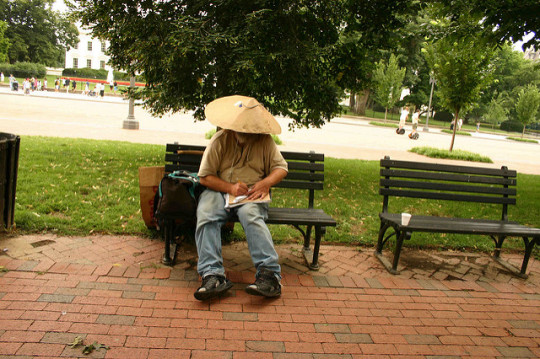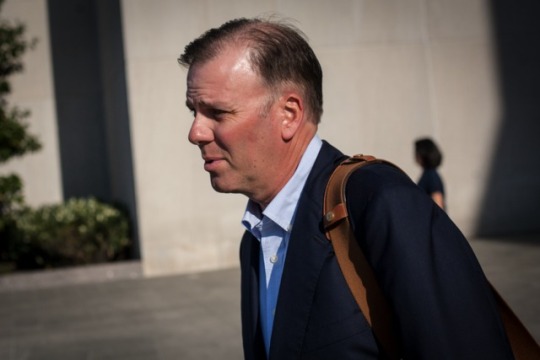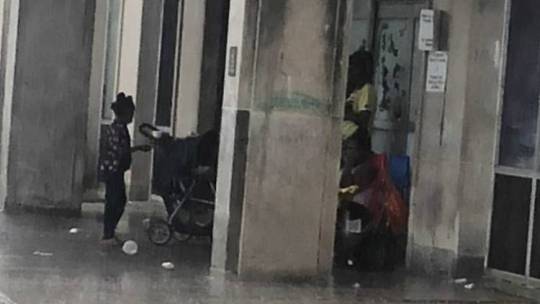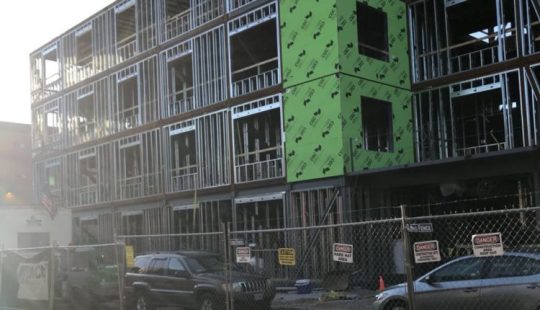DC Central Kitchen serves up opportunity even amid search for a new home

Founded in 1989 as the nation’s first “community kitchen,” DC Central Kitchen uses food as a tool to build better communities. Each year it serves millions of meals to those in need and trains for culinary careers men and women who have had trouble finding employment. Almost 100 percent of the graduates are now making living wages with full benefits.
But its future location is uncertain, with the organization cramped in its current quarters in downtown’s largest homeless shelter. Meanwhile, the District’s headed real estate market is making it difficult for DC Central Kitchen to culminate a deal for a new site.
According to Moore, they are “all in” for the planned expansion to THEARC. However, the new site is solely dedicated to new projects. The existing programs still don’t have a permanent home — and they’re badly in need of one.
“We’re totally out of space and our two existing facilities can’t keep up with residents’ demands for job training and community nutrition.”
By Kate Oczypok | Read the full story

If You Think D.C.’s Sweltering Summers Are Unpleasant, Imagine Not Having A Home

The danger of hypothermia is an obvious one: freezing to death. Hyperthermia, or heat related illness, can be just as dangerous.
“Extreme heat often results in the highest annual number of deaths among all weather-related disasters,” warns the Federal Emergency Management Agency.
As the District continues to shatter heat records, the danger is becoming more acute. The non-profit Climate Central found that the District had averaged around seven or eight days with temperatures at or above 95 degrees in 1970; by 2016, that figure was hovering around 15, according to the Washington Post.
In addition to the broiling days, excessively hot nights means that people who are exposed to the elements for 24 hours a day don’t get a chance to really cool down for days at a time.
By Rachel Sadon | Read the full story

How The Homeless And Bankless Cope In An Increasingly Cashless World

The trend towards a digital and cashless economy makes life more efficient for many, but often leaves the disadvantaged behind.
For example, it is difficult for homeless people to access traditional financial services like banks without a home address–but without bank accounts, it is difficult to get a place to live. Plus, in a society disrupted by tech, a growing number of restaurants and services only accept cards as payment.
We discuss how access to banking is particularly difficult for the homeless, but also key to their securing permanent homes.
Guests
- Wendell Williams Peer Recovery Coach
- Kenneth Ong Social Impact Entrepreneur
Call in to contribute to the discussion: 1-800-433-8850
By Kojo Namdi | Listen in at 12:30 p.m.

Sanford Capital Looks to ‘Political Connections’ to Get Out of Legal Problems

In 2016, District Attorney General Karl Racine sued Sanford over terrible conditions at the Congress Heights buildings. Dozens of low-income renters had vacated in the preceding years, leaving only a committed few who refused to abandon their homes despite roaches, rodents, and poor maintenance.
After the lawsuit, the redevelopment project stalled. The case has taken manifold twists and turns over the past two-and-a-half years, including the court-ordered installment of a third-party property manager responsible for fixing the buildings to code.
The case has also involved thousands of pages of legal documents, hundreds of hours of attorney time, and a Dickensian cast of characters warring over the future of a single plot of land and an entire neighborhood.
More than that, the dispute is a case study in the kind of development sweeping D.C. from west to east that has unnerved ingrained communities while rousing those who stand to profit.
By Andrew Giambrone | Read the full story

D.C. Council examines construction delays while families are left in the dark

There is broad public support for replacing the shelter, including from the families living there. However, replacement shelters are still being built and most current shelter residents do not know when and where they will be placed.
Based on interviews with 15 residents during multiple visits, Street Sense learned that the only part of the replacement plan that residents were sure of was that the shelter is closing and they are supposed to be placed somewhere else. Four residents said they are just waiting on their caseworkers to inform them of the next steps. Three others, including the family in the van, are moving to their own apartments. The rest of the interviewees had no idea what to expect but trusted they would be placed somewhere.
All five staff members interviewed were worried about whether they would lose their jobs or be relocated to a different site. Staff were not provided information to answer residents’ questions.
By Tatiana Brown | Read the full story

Shelter construction delays bring questions over vetting of subcontractor

DC Council members this week grilled District officials over delays in constructing planned family homeless shelters in wards 7 and 8, while officials maintained both shelters will still open on schedule in the fall.
The two shelters are part of a replacement plan to close the maligned DC General shelter, which houses about 250 families. Five other shelters are under construction or will break ground soon, but only three are scheduled to be completed in time for DC General’s planned shutdown this fall, leaving the District to house families temporarily in motels, officials said.
Department of General Services director Greer Johnson Gillis said Monday at a council oversight hearing that per standard practice, her agency did not vet the subcontractor building the shelters in wards 7 and 8.
By Cuneyt Dil | Read the full story




